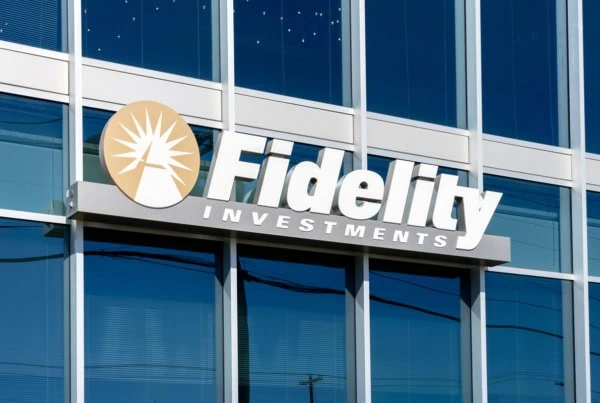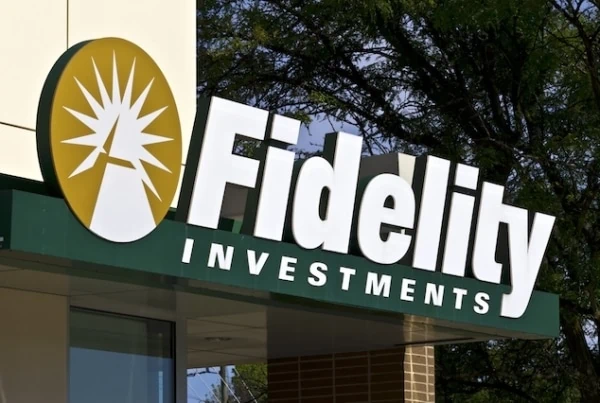- Call vs. put options
- Covered vs. uncovered options
- American-style vs. European-style options
- Out of the money vs. at the money vs in the money
- Types of options
Table of Contents
What is an Option?
Options contracts are financial instruments known as derivatives and base their value on an underlying asset like a stock, bond, or some other financial asset. An options contract allows the holder a choice to buy or sell – depending on the options contract – an underlying asset at an agreed upon price and date. Call options allow the buyer to purchase an underlying asset at a specified price and date while a put option allows the buyer to sell. Specifically, options are contracts specifying the terms by which an underlying asset may be traded. The standard terms of an option contract provide:
- The rights and obligations assumed by the investors involved
- The security to be traded, number of shares or value to be delivered
- The price at which the option owner can purchase (call) or sell (put) the underlying asset, known as the “strike price”
- The manner by which the contract’s right can be exercised
- The date on which the options expire
How do Options Work?
The investor who chooses to purchase an options contract is referred to as the options “owner” or “holder”. By purchasing an option, the owner receives the right to buy or sell a specific security or index value at the strike price by the expiration date. On the contrary, the investor who sells an options contract is known as the options “seller” or “writer” because they create an option by “writing” against the underlying asset. This writer initiates an opening transaction, where an investor either buys or sells an options contract to open a new position. By selling and establishing a “short” (re: hoping for a price decrease in the underlying asset) option position, the options writer must trade an asset at the strike price, if assigned on the contract. Because of this requirement, an uncovered option writer may face potentially unlimited losses should an asset price change counter to expectations. This leads to a discussion around covered vs. uncovered options and how they differ.
Covered vs. Uncovered Options
A “covered” option exists when the seller owns the corresponding amount of underlying asset underwritten in an option contract. Writing a covered call (offering to sell an underlying asset to an interested buyer at a strike price and expiration date) can produce income to the holder because the options holder (buyer) must pay the options writer (seller) a premium for owning the option. Should the option expire worthless, the options writer collects the options premium while the option holder loses everything paid for the option contract. When the options writer does not hold the underlying asset, this results in an uncovered put or uncovered call. This style of investing presents significant risk, and as mentioned above, can result in unlimited losses should the asset value move contrary to expectations. Many brokerage accounts do not offer uncovered options writing due to this risk. Day traders often use this trading technique to leverage their returns commensurate with the added risk. Sometimes, they can also use margin to leverage their returns. If the trade turns against them, they might receive the dreaded margin call, which indiscriminately sells securities in the account to satisfy the margin requirement. For these reasons (unlimited losses and margin calls), only professional traders should consider this strategy.
American Style Options vs. European Style Options
Options also come in different flavors. Namely, American-style options vs. European-style options. For American-style options, they can be exercised at any time prior to expiration. Most equity options are American-styled. European-style option can only be exercised during a specified exercise period before expiration. Typically, the exercise period coincides with the expiration date. Index options (discussed more below) may be European-styled. As with any contract, the rights and obligations expire after a specified time-the options expiration date. It is important that options owners and holders recognize the distinction in the style of options. The rights granted by the options contracts will be forfeited if the options owner fails to exercise the rights in the appropriate manner. The options writer will be obligated to deliver shares of stock or funds if assigned on the options contacts.
How to Trade Stock Options
→ Look at companies like Robinhood, Webull and their best alternatives, many of which offer free stocks and sign-up bonuses for joining their investing services.Out of the Money vs. At the Money vs. In the Money
When an option holds intrinsic value, meaning the option holder would receive value by exercising the option and having the underlying security assigned to them, investors consider this option as “in the money.” For example, a Call option qualifies as “in the money” if the price of the underlying asset is higher than the option contract strike price. If a Call option has a strike price of $75 and the stock trades for $80, the option is in the money by $5. This same call option would be “out of the money” where these prices switched or “at the money” if equal. Conversely, with Put options, the option is “in the money” when the underlying security price is lower than the option contract strike price, “out of the money” when reversed, and “at the money” with equal.
What Are Options Used For?
Depending upon the options owner’s strategy and the price of the underlying security, the options owner may make one of three decisions:
- sell and close the options position
- exercise the options contract and be assigned the underlying security
- let the options expire worthless
Why Do Options Exist?
Markets crave certainty. Options exist for the certainty they can provide in both price and expiration date but also as a hedging mechanism to safeguard a portfolio. In other words, options can provide portfolio protection. When an investor hedges a portfolio, this reduces the risk in one security (or portfolio) by taking an offsetting position in a related security (or securities in the case of a portfolio). Many investors also consider alternative investment options to diversify their portfolio and hedge against market volatility. Portfolio Protection: For example, put options exist for downside portfolio protection. If an investor owns 100 shares of SPY, a S&P 500 exchange traded fund, and purchases $270 puts when the ETF trades above that level, the investor’s downside has a limit of $270. Even if the S&P 500 dropped to 0, this investor would have the ability to sell 100 shares at $255. On the other hand, if the put expires worthless, the only loss recognized is the premium paid for the put option. Puts, when combined with portfolio assets, provide downside protection to a portfolio.
- Downside Speculation: Conversely, puts allow an investor to speculate on downward movement in a security’s price. If an investor feels a stock might decrease a put option allows the opportunity to take advantage of this expectation.
- Asset Certainty: Options also exist because investors want to purchase assets with a certain price on or before a certain time while the same applies for those wishing to sell.
- Market Clearing Function: These financial instruments facilitate asset transactions and provide a market clearing function whereby all trades can occur to terms under a standardized set of rules.
- Highlight Market Expectations: Further, options prices change in line with real-time market prices and can also be useful for forecasting market expectations for a security’s future value. Should you see an increase in option premiums across time in line with higher strike prices, the market expects this security to increase in value.
How is an Option Valued?
An option’s value stems from two primary items and I shall use the example of a call option to illustrate:
- Intrinsic Value. This represents the amount the holder stands to gain by exercising the option. This amount is represented by the difference between the stock’s market price and the strike price for the option on the underlying security. For example, if Google’s stock trades at $1,205 in the market and the strike price of a call option is $1,200, the $5 difference is the intrinsic value in the option premium.
- Time Value. This relates to the time left on the option between now and the expiration. This value represents the total option premium (amount paid for the option) minus the intrinsic value above. In the Google example above, if the option premium paid was $15 and the intrinsic value was $5, then the time value would be $10 ($15 – $5).
What is the Difference Between a Future and an Option?
Options are financial instruments giving an investor the right to purchase or sell an underlying security at an agreed strike price and expiration date. A futures contract enforces this option by making both parties obligated to deliver the underlying asset for an agreed upon price. This obligation difference separates an options contract from a futures contract.
The Value of Options
Options present the opportunity for a buyer and seller to measure the likelihood of an investment meeting their respective expectations. To measure the success of this goal, options fall into one of three categories at expiration:
- Out of the money (happy seller and unhappy buyer)
- At the money (buyer loses option premium while seller collects)
- In the money (happy buyer and unhappy seller)






